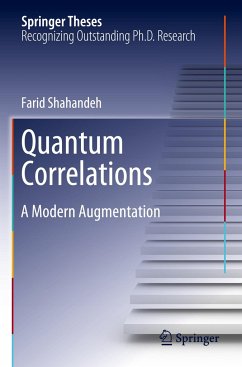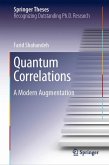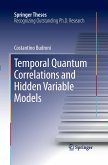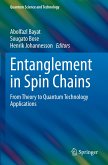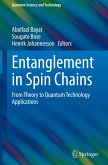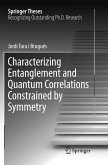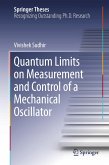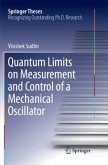The correlations between physical systems provide significant information about their collective behaviour - information that is used as a resource in many applications, e.g. communication protocols. However, when it comes to the exploitation of such correlations in the quantum world, identification of the associated 'resource' is extremely challenging and a matter of debate in the quantum community.
This dissertation describes three key results on the identification, detection, and quantification of quantum correlations. It starts with an extensive and accessible introduction to the mathematical and physical grounds for the various definitions of quantum correlations. It subsequently focusses on introducing a novel unified picture of quantum correlations by taking a modern resource-theoretic position. The results show that this novel concept plays a crucial role in the performance of collaborative quantum computations that is not captured by the standard textbook approaches. Further, this new perspective provides a deeper understanding of the quantum-classical boundary and paves the way towards establishing a resource theory of quantum computations.
This dissertation describes three key results on the identification, detection, and quantification of quantum correlations. It starts with an extensive and accessible introduction to the mathematical and physical grounds for the various definitions of quantum correlations. It subsequently focusses on introducing a novel unified picture of quantum correlations by taking a modern resource-theoretic position. The results show that this novel concept plays a crucial role in the performance of collaborative quantum computations that is not captured by the standard textbook approaches. Further, this new perspective provides a deeper understanding of the quantum-classical boundary and paves the way towards establishing a resource theory of quantum computations.

